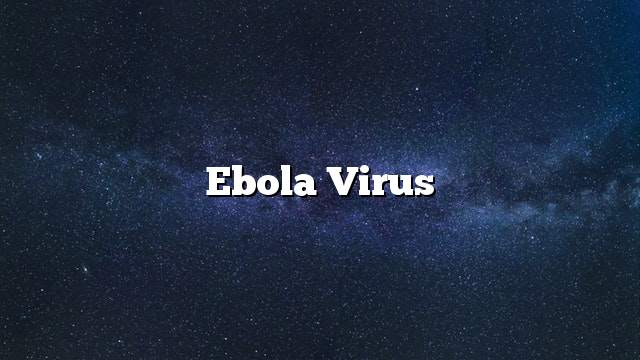Today, I will travel to Africa. I used to refer to the most common health problems in general and to our region in particular, but today I chose to address an old and new topic at the same time for its importance and the magnitude of the burden it carries.
Today’s talk about Ebola Virus Disease
The virus first appeared in Congo in 1976 in a village near the Ebola River (hence the name) and in Sudan, and reappeared in West African countries such as Guinea, Liberia and Sierra Leone in March this year.
The seriousness of the disease lies in the absence of a preventive vaccine or cure to date and because of the high mortality rate of up to 90%.
The Ebola virus is transmitted by direct contact with an infected person through the secretions of the body (blood, saliva, urine, etc.), as well as body tissues.
The incubation period is between two to 21 days.
Symptoms:
- heat.
- They are general.
- Muscle pain.
- Internal and external bleeding (mucous tissue such as the eye and respiratory system).
- Deficiency in kidney and liver function.
Immunization measures should be taken to control the virus and prevent its spread.
The total number of casualties until the beginning of July was 826 cases and the total deaths to 487 deaths.
The efforts of the World Health Organization (WHO) on this virus are concentrated in treating and reducing the spread of infected cases, in addition to working on the development of a preventive vaccine and work on the virus does not evolve in a way that changes the mechanism of transmission to become more rapid and dangerous, as happens in airborne viruses by spray.
